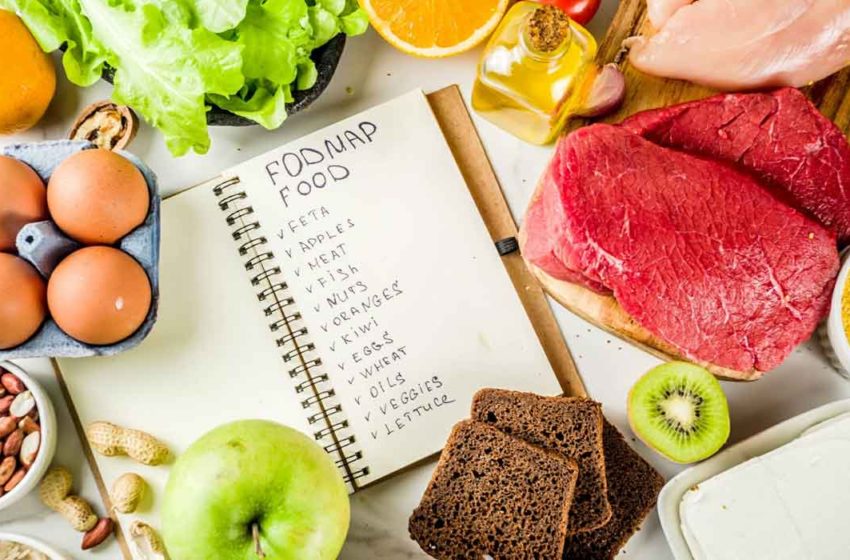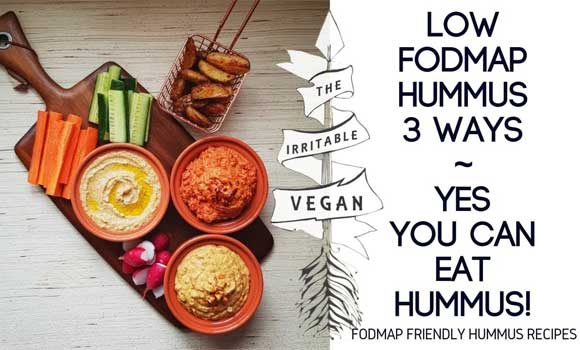WHAT IS LOW FODMAP DIET AND ITS BENEFITS

There has been a recent fad about low FODMAP diet. In this artile, we will try to chart out the meaning and benefits of low FODMAP diet.
What is food before we discuss a low FODMAP diet?
According to the Oxford Dictionary, food is any substance, that is or can be consumed by living organisms, especially by eating, in order to sustain life.
What is the FODMAP diet?
FODMAP is an abbreviation for Fermentable Oligo-Di-Mono-saccharides and Polyols. These are small-chain carbohydrates that are poorly absorbed by the body via the small intestine. The sugar activates indications of Irritable Bowel Syndrome (IBS) in various people leading to conditions like abdominal bloating, constipation, nausea, flatulence and diarrhea. FODMAPs are essentially present in our daily food and diet and Polyols may be additionally added into commercially made food.
What are the sources of FODMAP?

FODMAP is divided into four significant dietary sources which include:
- O – Oligosaccharides, which include fructans and galactooligosaccharides. Examples include legumes, vegetables (garlic and onions), wheat and some fruits.
- D – Disaccharides which include lactose. Examples include yogurt, milk, and cheese.
- M – Monosaccharides, which include fructose. Its examples include fruits, such as mangoes and figs. Additionally, monosaccharides include sweeteners such as honey and agave nectar.
- P – Polyols which include sorbitol, mannitol, and xylitol. Examples include low-calorie sweeteners, fruits, and vegetables such as blackberries and lychee.
What is Low FODMAP diet?
Low FODMAP diet: This kind of diet are usually hard to follow, and it contains restriction of fermentable carbohydrates. This diet is recommended only for a short period of time. It is usually suggested that patients with Irritable Bowel Syndrome (IBS) can reduce digestive issues with this diet. IBS digestive symptoms vary between bloating, stomach ache, flatulence and bowel urgency. This kind of diet appears to improve digestion by approximately 70% of adults with IBS.
A low FODMAP diet was developed at Monash University by some researchers to help IBS patients control their symptoms. It was discovered that they do not cause IBS but they can trigger its symptoms.
Long-term use of this diet causes a harmful impact on the gut and metabolome.
Who should follow Low FODMAP diet?
Low FODMAP diet is not for everyone and should be mainly used by patients who have been diagnosed with IBS as research have shown that the diet could do more damage than good when used inappropriately. The diet should also be followed as instructed by the physician or specialized doctor. Patients of IBS who haven’t reacted to stress management approaches, first-line dietary advice, and have ongoing gut symptoms must stick to the diet. Low FODMAP diet is normally recommended for two to six weeks at a time until such patients get stable and other foods can be reintroduced again. People on this diet may also require their dieticians to prescribe other means of getting vitamin and mineral supplements. Patients are also at risk of taking reduced foods of calcium and fiber.
Low fodmap foods list
Low fodmap vegetables and legumes list
Alfalfa, Bamboo sprouts, Broccoli, Carrots, Cucumber, Eggplant, Green beans, Ginger, Lettuce, Okra, Olives, Potato, PumpkinRed pepper, Spinach, Sweet potato, Tomato, Yam
Low fodmap fruit list
Banana (unripe), Blueberries, Cranberry, Dragon fruit, Grapes, Guava, Lemon, Lime, Mandarin, Orange, Pawpaw, Papaya, Pineapple, Plantain, Rasberry, Strawberry, Tangelo
Low Fodmap Meat and associated product List
Beef, Chicken, Kangaroo, Lamb, Pork, Turkey, Processed meat, Seafood, Canned tuna, Fresh fish, Crab, Lobster, Mussels, Oysters, Prawns, Shrimp.
Low fodmap cereals, grains, and cake
Wheat-free bread, Bread, Biscuit, Buckwheat, Chestnuts, Cornflakes, Coconut, Millet, Oatmeal, Peanuts, Polenta, Popcorn, Pasta, Rice (Brown, Basmati, and White).
Low Fodmap Condiments, sweeteners, and spreads
Almond butter, Capers, Chocolate, Fish sauce, Glucose, Jam, Ketchup, Marmalade, Marmite, Mayonnaise, Mustard, Peanut butter, Saccharine, Tamarind paste, Vinegar
Low Fodmap Dairy products
Butter, Cheese (Brie, Cheddar, Cottage, and Swiss), Eggs, Margarine, Milk (Almond, Hemp, Lactose-free, Oat, and Rice), Tofu, Yogurt (Coconut, Greek, Lactose-free, and Goats)
Low Fodmap Drinks List
Alcohol (Beer, Spirit, Gin, Whiskey, and Wine), Coffee (Espresso, Instant), Fruit juice, Lemonade, Tea (Black, Green, Peppermint, and White), Water
Low fodmap Cooking ingredient and spices
Herbs, Oil, Baking powder, Gelatine, Icing sugar, Lard, Salt, Soybean oil
Stages to following a Low FODMAP diet
There are three stages of following this kind of diet, namely:
- Restriction: This is the first stage, and it is the avoidance of all high FODMAP foods. This stage is presumed to last only for 3 to 8 weeks and some people notice improvements just through the first week.
- Reintroduction: This is the second stage, and it involves the reintroduction of high FODMAP foods and it is usually done to see the types of FODMAPs the person can take in without issues and examine the amount of FODMAP the individual can tolerate.
- Personalization: This is the last stage, and it is also referred to as the “modified low FODMAP diet.” This stage involves fitting the quantity and type of food as examined in the Reintroduction stage. They are keen on improving their diet variety and flexibility.
High FODMAP diet:
These are diets that must be avoided by any IBS patient as the content of such diet contain either Oligosaccharides (0.3 grams of fructans or galactooligosaccharides), Disaccharides (4.0 grams of lactose), Monosaccharides (0.2 grams of fructose more than glucose) or Polyols (0.3 grams of mannitol or sorbitol).
Food list of the High FODMAP diet include:
High fodmap fruits
Apples, Mango, Peaches, Plums, Watermelon
High fodmap vegetables
Apples, Mango, Peaches, Plums, Watermelon
High Fodmap Meat and associated products
Beef, Chicken, Kangaroo, Lamb, Pork, Turkey, Processed meat, Seafood, Canned tuna, Fresh fish, Crab, Lobster, Mussels, Oysters, Prawns, Shrimp.
High fodmap cereals and grains
Barley, Couscous, Farro, Rye, Semolina, Wheat
High Fodmap Dairy products
Buttermilk, Cream, Custard, Milk, Ice cream, Oat milk, Soy milk
High Fodmap Legumes
Baked beans, Butter beans, Lentils, Kidney beans, Split beans
High Fodmap Sweeteners
Agave, Fructose, Honey, Isomalt, Maltitol, Molasses, Sorbitol, Xylitol
High Fodmap Vegetables
Brussels, Beets, Celery, Garlic, Leeks, Peas, Scallions, Mushrooms
Conclusion
Low FODMAP diet can speedily improve digestive symptoms and help those suffering from IBS. It takes a while to respond to this diet, especially the initial state so do not rush the process and follow each stage at a time.



